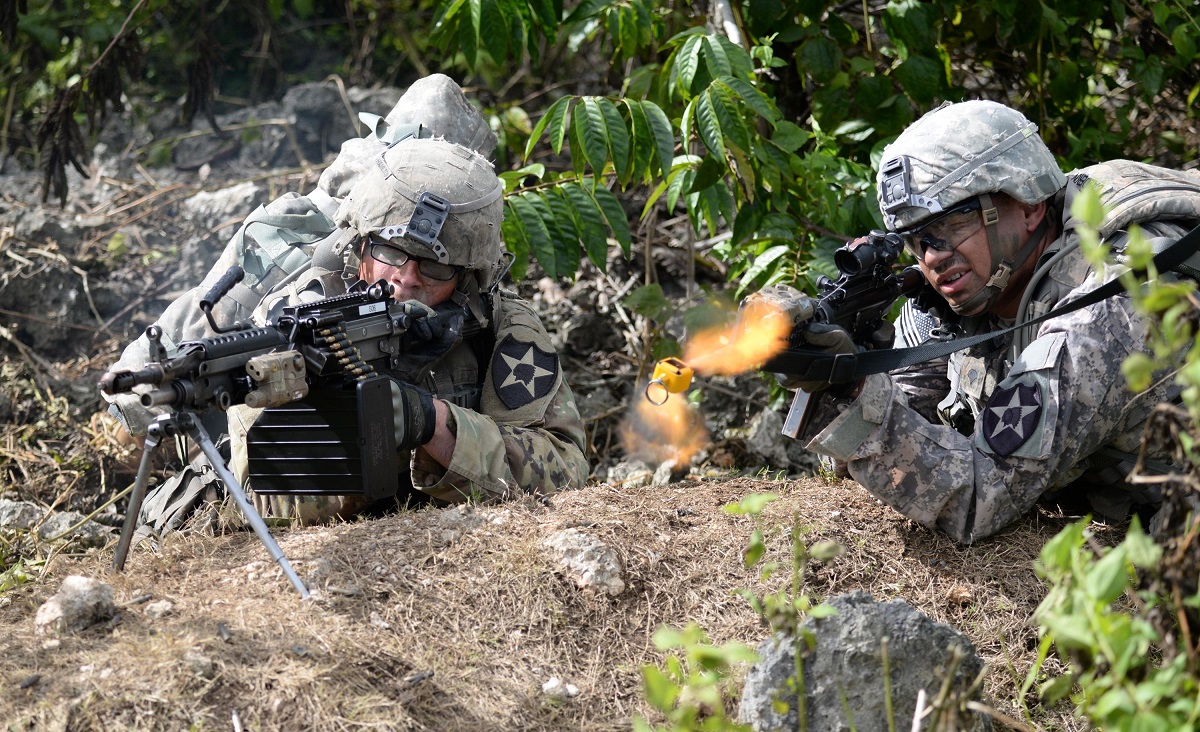This post is also available in:
 עברית (Hebrew)
עברית (Hebrew)
DARPA, the US agency for defense advanced research projects, has been engaged in an ongoing effort to develop novel technologies that would extend squad awareness and engagement capabilities without imposing physical and cognitive burdens.
Within the framework of its Squad X Core technologies (SXCT) program, DARPA aims to speed the development of new, lightweight, integrated systems that provide infantry squads awareness, adaptability and flexibility in complex environments. That effort is to enable dismounted soldiers and Marines to more intuitively understand and control their complex mission environments.
Those efforts fit within wider work being done by the Close Combat Lethality Task Force, a group set up this past year to enhance close combat capabilities for infantry, special operations, scouts and some engineers.
The agency’s program manager for their Tactical Technology Office and for the (SXCT) program Army Lt. Col. Phil Root said that the first experiment in the program demonstrated “the ability for the squad to communicate and collaborate, even while ‘dancing on the edge of connectivity.’”
He said the program is exploring: Precision Engagement, Non-Kinetic Engagement, Squad Sensing, and Squad Autonomy. Some of those areas were already explored in 2015 with DARPA’s squad technology integration efforts, however, the tools used to detect threats in the experiments were newer, lighter, versions of previous capabilities.
“By the end, they were using the unmanned ground and aerial systems to maximize the squad’s combat power and allow a squad to complete a mission that normally would take a platoon to execute.”
Both Lockheed Martin Missiles and Fire Control, and CACI’s BIT Systems are working for ways to enhance infantry capabilities using manned-unmanned teaming, according to DARPA’s release.
Marines testing Lockheed Martin’s Augmented Spectral Situational Awareness, and Unaided Localization for Transformative Squads, known as the ASSAULTS system, used autonomous robots with sensor systems to detect enemy locations, allowing the Marines to target the enemy with a precision 40mm grenade before the enemy could detect their movement, as reported by militarytimes.com.
Small units using CACI’s BITS Electronic Attack Module were able to detect, locate, and attack specific threats in the radio frequency and cyber domains.


























